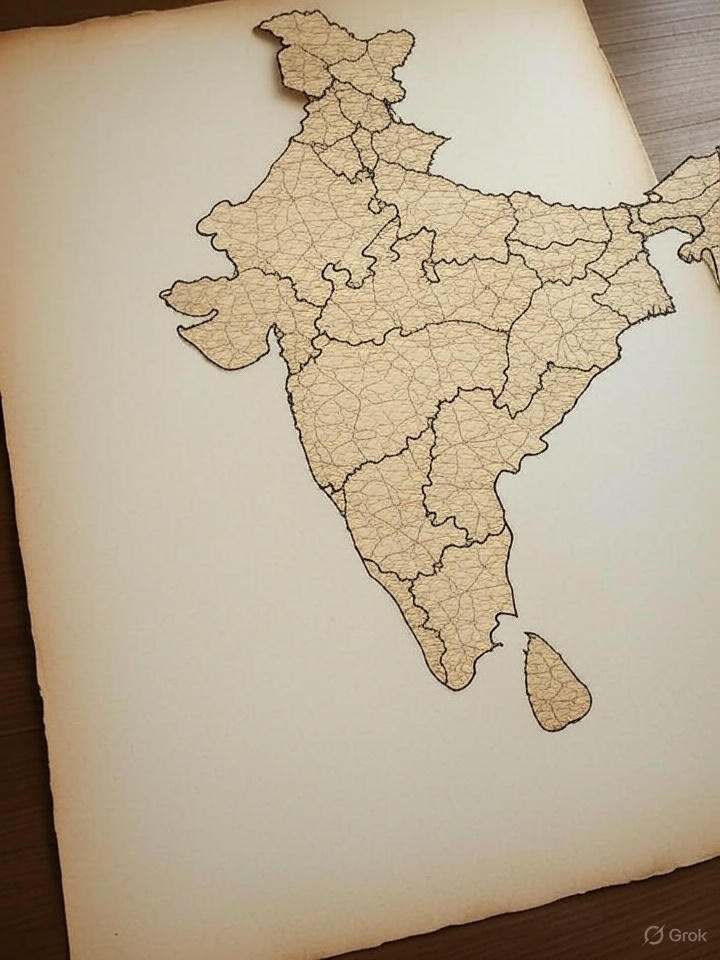Introduction
Today, we’re diving into a controversial topic: caste.
I won’t be generalizing or explaining the origins and reasons behind the entire caste system, as that would not do justice to the unique histories that exist behind each caste in India. My knowledge too is limited to my own caste, so I will concentrate on my varna and caste, as well as the various gotras within it.
Throughout my research, I have come to understand that caste was originally used to identify groups of people from a certain area or those belonging to the kingdom of a particular king. For example, my caste was created to identify people from the land of the Odra king who originally ruled over the area today known as Odisha. Similarly, gotras were established to categorize people into groups, much like we classify individuals today as construction workers, lawyers, commission-based workers, contractors, etc.
This perspective of mine on caste and gotras and their role within Hindu society remains firm, regardless of any differing opinions that anyone might present. There are two main reasons for this:
- The historical findings of my caste.
- The meaning of different gotras that exist within it.
The Origins of My Caste
In ancient India, many regions were named after the tribes that lived there or the rulers who governed them. According to the Bhagavata Purana, the descendants of Ila-Sudyumna, Dirghatamas, and Sudesna had six sons: Anga, Vanga, Kalinga, Pundra, Sumha, and Odra. The area of Odisha was ruled by the sixth son, after whom the region was named Odra.
While Odisha was more famously known as Kalinga and Utkala, the lesser-known region Odra was the homeland of this tribe, which was referred to as Oretes by the Greeks.
There are many supporting factors for this:
- Medhatithi, the commentator of Manu, described the Odras as a tribe that thrived in various parts of Odisha, likely giving the region its name.
- Rajendralal Mitra believed that the Ods were an agriculturist community, primarily living around Khurdha.
- It is believed that this race represents the original tribe of Odisha, after whom the province was named.
Odra in Literature and Inscriptions
The original name was Odra or Odradesa, which found mention in ancient literature and medieval epigraphs.
The earliest epigraphic mention of the Odras is found in the Soro copper plate grant of Somadatta, indicating that Uttara Tosali, specifically the visaya of Sarepahara (identified with Soro in Balasore district), was part of Odra Visaya.
This inscription, dated to the 7th century A.D., shows that Uttara Tosali—which included parts of modern Medinapur and Balasore districts—was a significant territorial unit within Odra Visaya.
Further, the term evolved into Odivisa or Udivisa in the accounts of Lama Taranath. In Tantric literature of the late medieval period, we find a slight variant of the term as Uddisa.
- The Tantrasara mentions Lord Jagannath as Uddisanatha.
- The Jnanarnaba speaks of Uddisa as one of the Sakta Pithas.
Odrarastra Odisha found mention as Odisarajya in the royal proclamations of Gajapati king Kapilendra Deva (1435–1467 A.D.), including the Jagannath Temple Inscription of Kapilendra Deva dated 1443 A.D.
From Tribe to Caste
Based on the available evidence, Odisha likely received its name from the Odas tribe. Although the primary proof for naming the Odas tribe comes from King Odra, this is sufficient because subsequent references consistently use this name to denote the geographical region known as Odisha.
The same name—or an evolved version of Oddra—is used as a caste name today, mainly for the caste: Waddars / Wadda / Odda / Vaddas / Bhovi / Bovi.
Conclusion
The story of my caste is deeply tied to the history of Odisha itself. From the mythological roots in the Bhagavata Purana to the inscriptions and proclamations of kings, the identity of the Odra people has persisted for centuries, evolving in name and form but always carrying the same essence.
For me, exploring this history is not just about tracing ancestry but about understanding how identity, geography, and tradition are intertwined.
